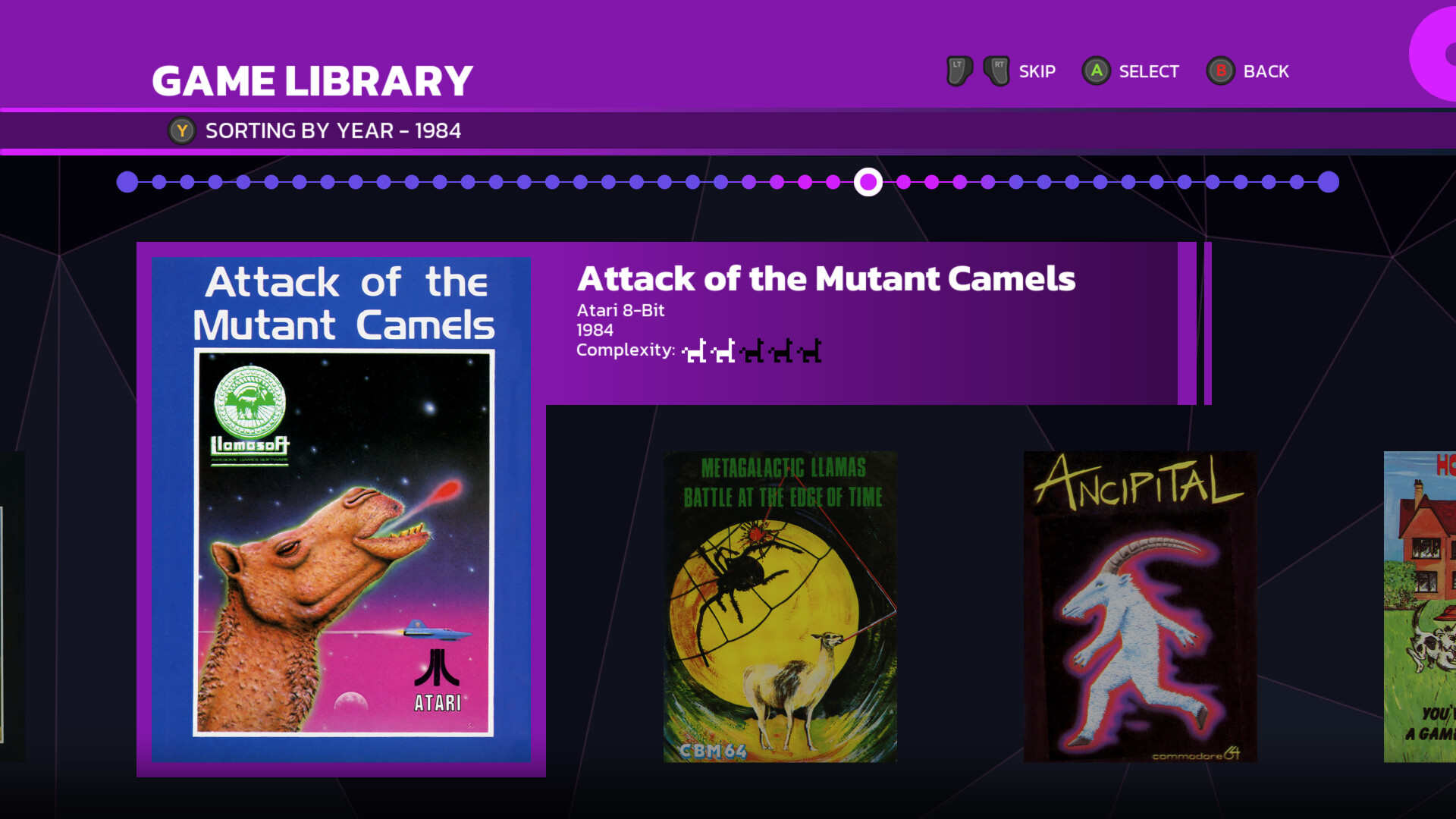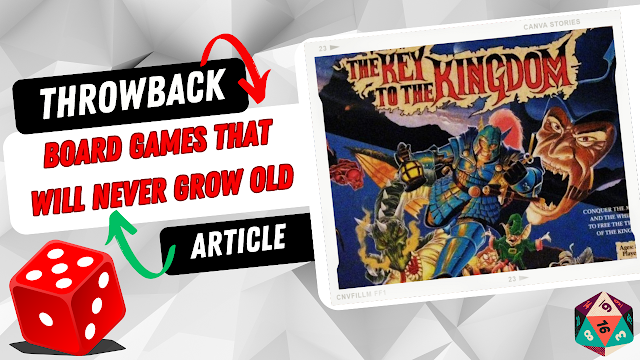Jeff Minter has been making my soul sing for three decades. I have hazy memories of being confused by the Amiga version of Revenge of the Mutant Camels in the early 90s, but Tempest X3 on PlayStation blew my young mind. Impossibly cool, brain-meltingly intense, and powered by a throbbing rave soundtrack, it felt like being allowed entry to the clubs the bouncers wouldn’t let me into yet.
Back then I didn’t know X3 was an inferior version of Tempest 2000 on the Jaguar, but it burnt a love of all things Minter deep into my gaming tastes. From there I hoovered up Space Giraffe (which looks incredible on Steam Deck OLED), developed a crippling late-night addiction to TxK that burrowed into my dreams, and played Polybius in VR for so long that after one session I fell down the stairs and hurt my shoulder. Worth it.
So, when I was offered the chance to review Llamasoft: The Jeff Minter Story I jumped at the chance. Coming on the heels of Digital Eclipse’s excellent Atari 50: The Anniversary Collection and The Making of Karateka, this docu-game guides us through the first 15 years of Minter’s career. Within this meaty package is a wealth of interviews, art, 3D renders of cassette tapes, original instruction manuals, hand-sketched programming notes, contemporaneous magazine reviews, and a panoply of photos of an impressively hairy man with a passion for ungulates.
And then there’s the games. The package features 42 Llamasoft games released between 1981 and 1994. These range from very early projects on the ZX81 right through to Tempest 2000 on the Jaguar. Though faithfully emulated, each title has reworked controls for modern hardware and most have a rewind function that takes the sting out of the trickier releases.
Each game comes with various materials surrounding it that gives you the context around its development and release. For example, we learn that 1985’s Mama Llama was conceived while traveling around Peru. The game was clearly a passion project and Minter was deeply hurt when Zzap!64 gave it a bad review, we can read about his displeasure at length in his 1985 newsletters and the magazine’s rather snippy response.
Zzap!64 was right, Mama Llama isn’t Minter’s best, but reading all the supplementary material makes playing the game infinitely more interesting than simply booting up a rom and trying to figure it out.
That said, don’t come into this expecting 42 stone-cold bangers. These are forty-year-old games and some don’t go down easily even if you’re a seasoned retro gamer. Titles like 3D 3D, Ratman, and Headbangers Heaven aren’t fun to play, but at least they’re interesting evolutionary dead ends and of historic interest.
But when Minter nails it he slams that hammer down. His 1982 VIC-20 hit Gridrunner is phenomenal, with its speed, intensive nature and responsiveness a quantum leap beyond other games of the time. I’d also never even heard of his dual and quad-ship shooters Laser Zone and Hellgate, which turn out to be the primordial ooze that Polybius and Moose Life eventually crawled from. There’s also Hover Bovver - and using the awesome power of the PlayStation 5 to run it tickles me just right.
The only real criticism is that this story ends. Digital Eclipse concludes the package on a high point with Tempest 2000, followed by a brief screenshot summary of his post-1994 releases.
Many of Minter’s best works are difficult to play, and I’d have been over the moon if 2000 Nuon exclusive Tempest 3000 was included. C’mon Digital Eclipse, how hard can a Nuon emulator be to code? Put your back in!
The presence of Minter’s light synthesisers is also a high point, with Psychedelia and Colourspace granted pride of place amongst his programming achievements. Minter’s enthusiasm for these titles is infectious and Digital Eclipse presents them with custom tunes and various virtual knobs to twiddle. Unfortunately, his 1988 magnum opus Trip-a-Tron is absent for unknown reasons, I suspect because it’s a complex piece of software (with an 80-page manual!) that just wouldn’t work with a controller.
By the time you’ve reached Tempest 2000 this package will have given you genuine insight into one of the most fascinating and idiosyncratic creators in gaming history. In many ways Minter is the last of his species, the only 1980s bedroom coder who stayed true to his ideals in an industry that’s transformed beyond all recognition. There’s something quietly depressing about reading the mid-80s Minter despair that gaming is getting too commercial (they sell games in WH Smiths now!) and then looking around at the smoking money pit craters, ruinous closed studios, and predatory gambling mechanics that compromise the modern gaming landscape.
SUMMARY
This collection reminds us that even in this hellscape there’s room for Jeff Minter. Knowing that at any given time a dazzling new neon dream is being forged in deepest Wales keeps my hope in this medium alive. If you have even the slightest interest in games as an art form, you must play this.











No comments:
Post a Comment
Like what you see in the Games Freezer?
Why not tell us what you think with a few well-chosen comments? :)